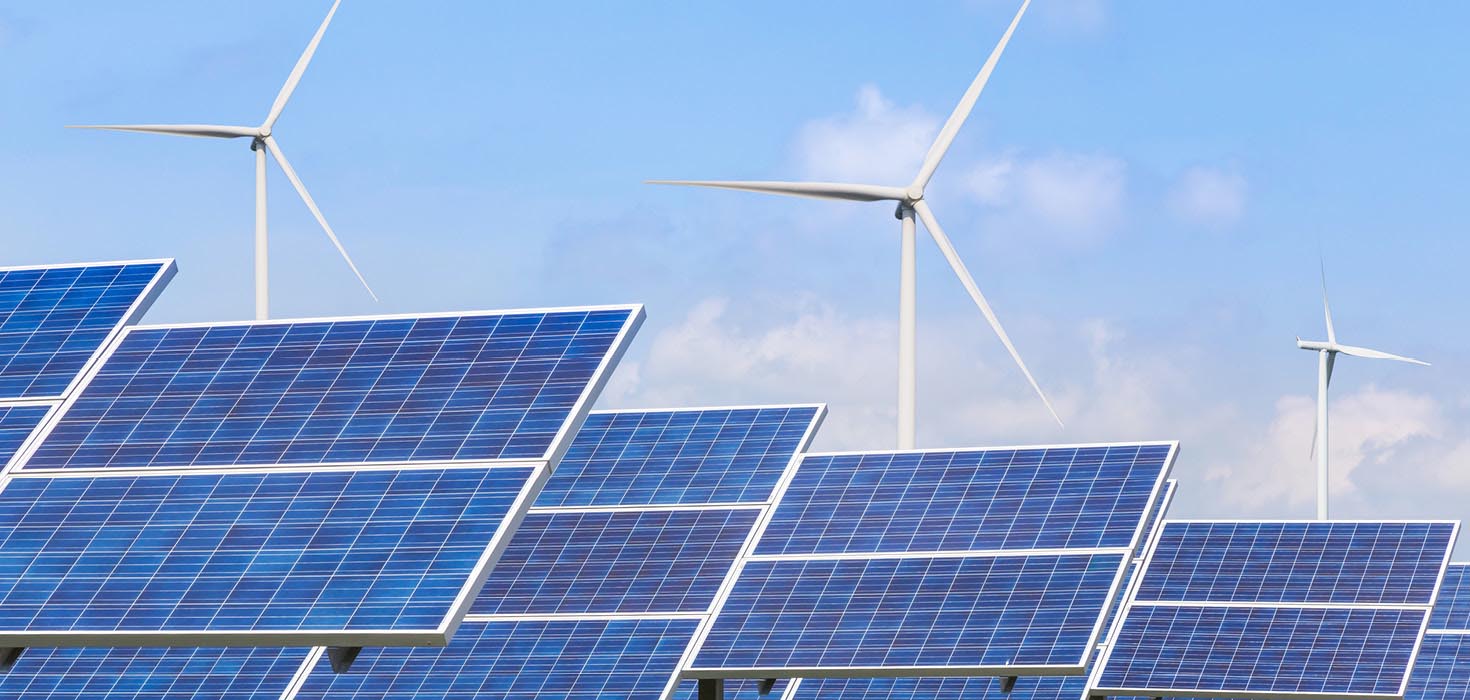There’s a common misconception that ‘green’ and economic growth can’t go hand-in-hand. Addressing climate change and overcoming our economic challenges, especially productivity, don’t have to be treated as separate issues. Toronto's auto sector is proving that going green is not just an ecological necessity but a major economic opportunity.
The economic upside of green action isn’t just reducing carbon emissions and waste, the development of a green economy creates important economic opportunities such as new good-paying jobs, accelerated innovation, and new vectors for competitiveness. The green economy is expected to be valued at $10.3 trillion USD in 2050 and governments and businesses across the globe are moving quickly to capture a slice of the pie. Can the Toronto region keep up?
In the United States, the green spending provision under the Inflation Reduction Act is projected to reach a trillion dollars over ten years. The European Union is enlisting private sector support to fund their European Green Deal Investment Plan which aims to attract at least one trillion euros worth of public and private investment over the next decade. In Canada, the 2030 Emissions Reduction Plan includes a mere $9B Canadian and although spending has risen to $22B, RBC estimates there is still a $38B gap that needs to be met.
The good news is, that some of these green spending initiatives align with industrial policy objectives such as:
- Attracting investment,
- Improving productivity and competitiveness,
- Promoting business growth,
- Encouraging the innovation and adoption of technology.
We have a model here in Ontario to follow. Our auto sector, through a string of strategic investments, has sparked a revolution in the manufacturing heartlands of Southern Ontario making the auto sector smarter, greener, and more productive. At the same time, investments in clean energy, green steel, and advanced manufacturing have sparked new growth for Ontario’s EV sector, The opportunities created by these investments have prompted a wave of facility expansions, capital spending, and investments in technology and talent which will have a positive impact on Toronto region’s economy, and productivity - all while positively contributing to climate action.
There is also the estimated $43.6B in EV battery investments for major multinational battery projects for Ford, Stellantis, Volkswagen, LG Energy Solutions, and Umicore. Although the supply chain has yet to be fully realized, these investments are propelling Canada to the top of BloombergNEF’s global lithium-ion battery supply chain ranking - an indication of the potential that we have to be leaders in the green space.
Canada, and specifically Ontario, may not have the same fiscal levers to accelerate the development of a green economy as its global counterparts; however, Ontario’s auto sector proves that we have the potential to combine climate action and our productivity needs in a meaningful and sustainable way. We have the model. Now we need to set the pace.

